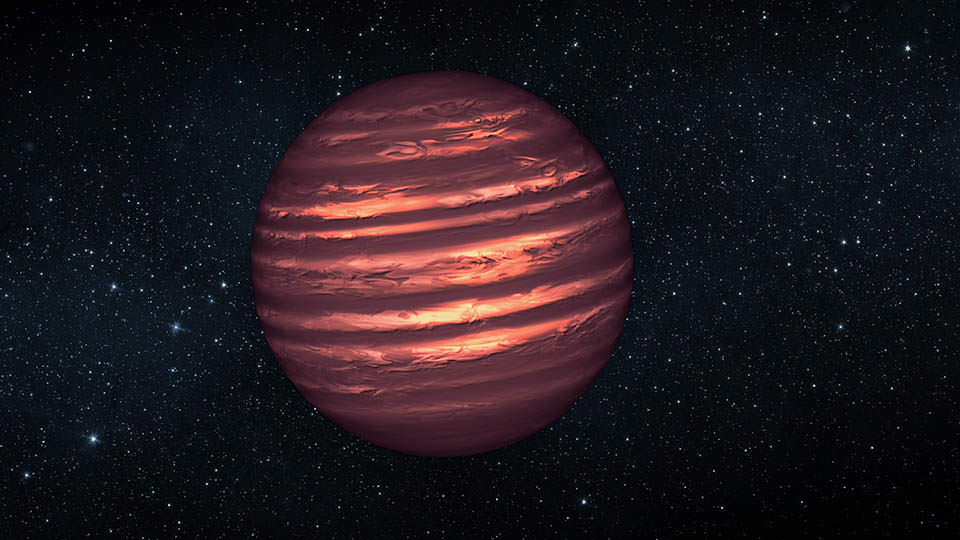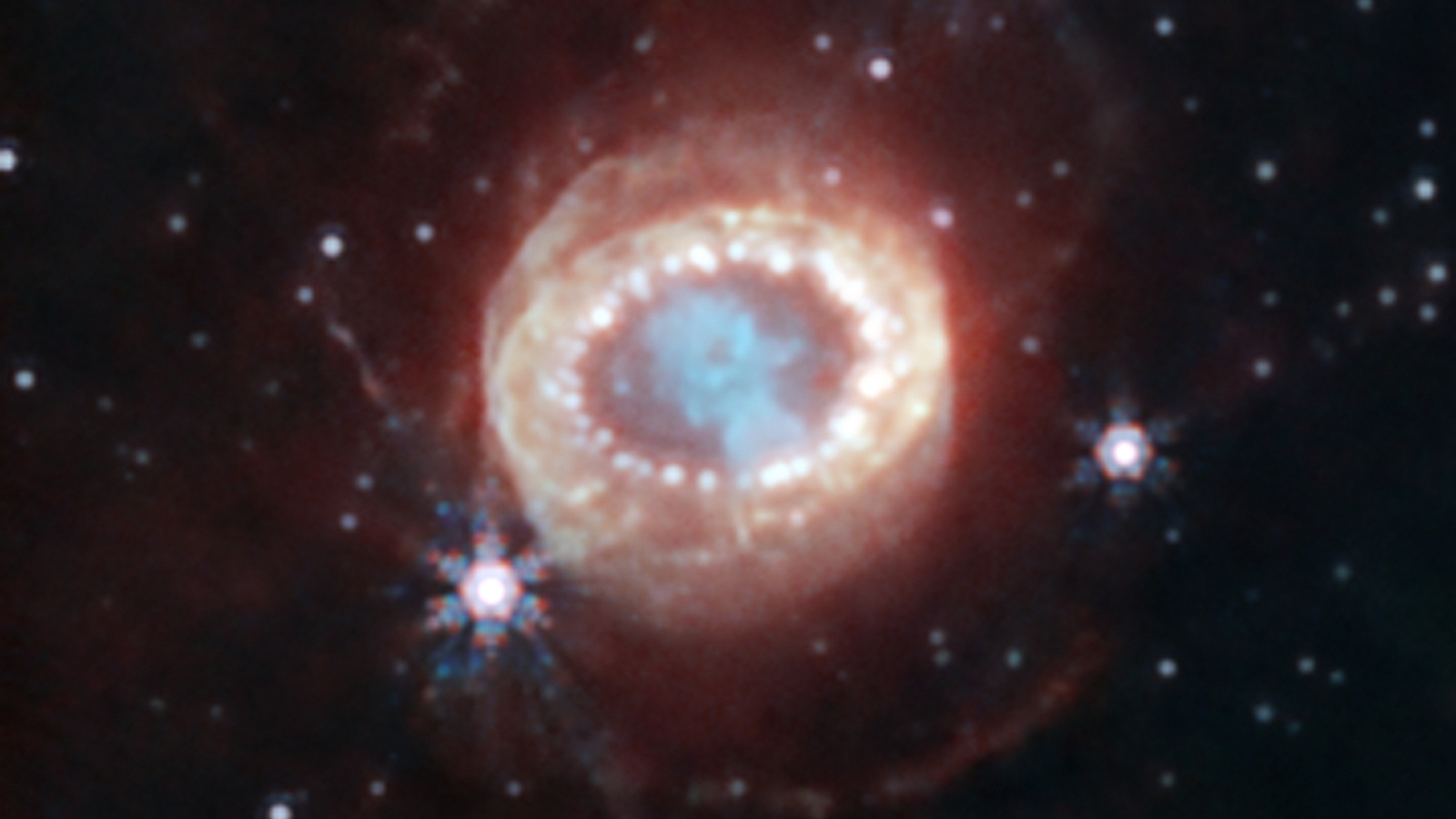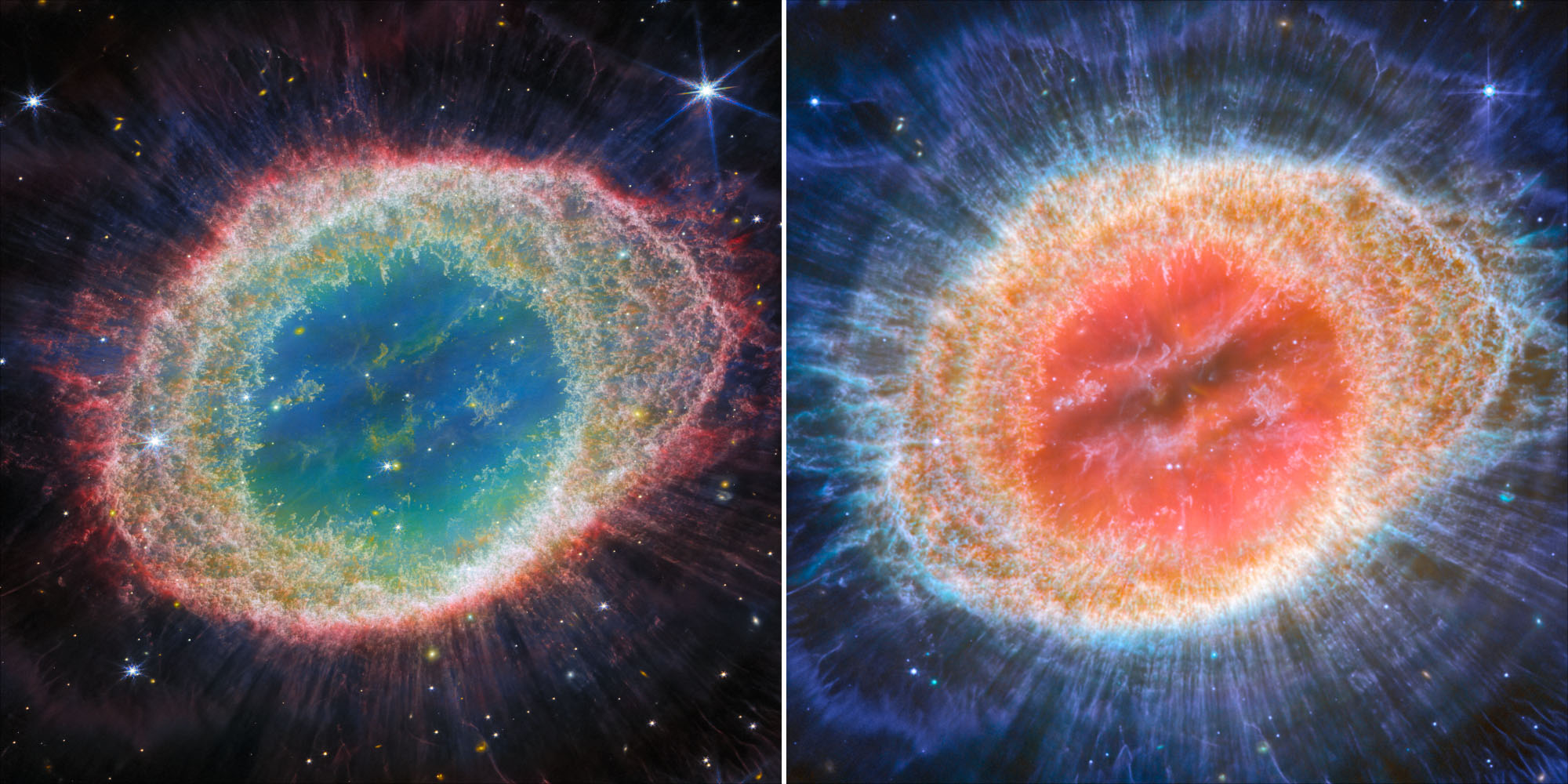We’re all basking in the success of the James Webb Space Telescope. It’s fulfilling its promise as our most powerful telescope, making all kinds of discoveries that we’ve been anticipating and hoping for. But the JWST’s story is one of broken budgets, repeated requests for more time and money, and near-cancellations.
Can we make space telescopes less expensive?
Continue reading “How Can We Bring Down the Costs of Large Space Telescopes?”









